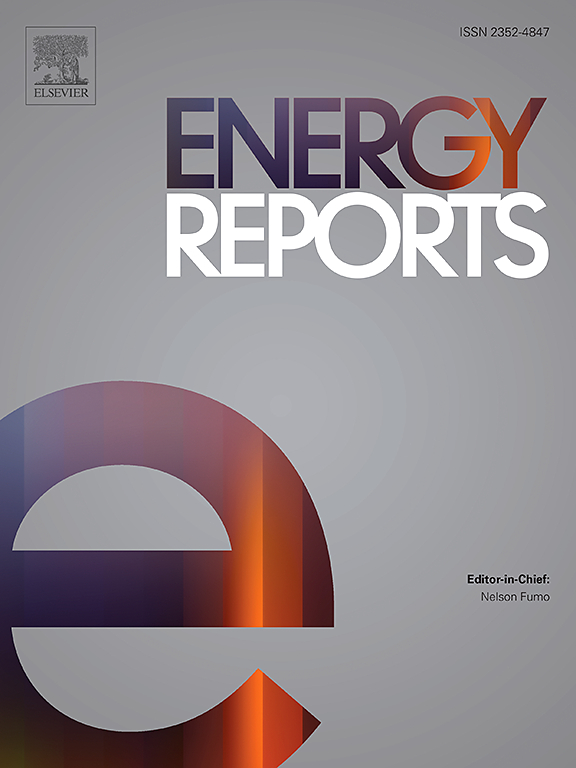Enhancing solar PV reliability with hybrid local features and infrared thermography
IF 4.7
3区 工程技术
Q2 ENERGY & FUELS
引用次数: 0
Abstract
The widespread adoption of Solar Photovoltaic Systems (PVS) faces challenges due to operational and environmental stresses, which can lead to hotspots and potential failures. This study introduces a novel hybrid local features-based approach for monitoring PVS using infrared thermographs. This method is designed to be resistant to scaling, noise, rotation, and haze. The approach involves subdividing each thermograph into 5 × 5 pixel grids, extracting features, and clustering them using an unsupervised algorithm to reduce memory usage. A shallow classifier is then employed, achieving an impressive 98 % training accuracy and 96.8 % testing accuracy with 5-fold cross-validation. Additionally, the model demonstrates high performance across various metrics, with precision values of 92 %, 100 %, and 100 %; recall values of 100 %, 100 %, and 90 %; and F1 scores of 0.958, 1.0, and 0.947 for the faulty, healthy, and hotspot classes, respectively. A Simulink model was developed to assess the impact of environmental stresses on PVS power losses, showcasing the method's practical applicability. This approach significantly enhances the reliability and performance of PVS, aligning with global initiatives such as the United Nations’ Sustainable Development Goals, EU energy targets, the Kyoto Protocol, and the Paris Climate Accord. It ensures sustainable and reliable PVS operation over the next 25 years.
求助全文
约1分钟内获得全文
求助全文
来源期刊

Energy Reports
Energy-General Energy
CiteScore
8.20
自引率
13.50%
发文量
2608
审稿时长
38 days
期刊介绍:
Energy Reports is a new online multidisciplinary open access journal which focuses on publishing new research in the area of Energy with a rapid review and publication time. Energy Reports will be open to direct submissions and also to submissions from other Elsevier Energy journals, whose Editors have determined that Energy Reports would be a better fit.
 求助内容:
求助内容: 应助结果提醒方式:
应助结果提醒方式:


